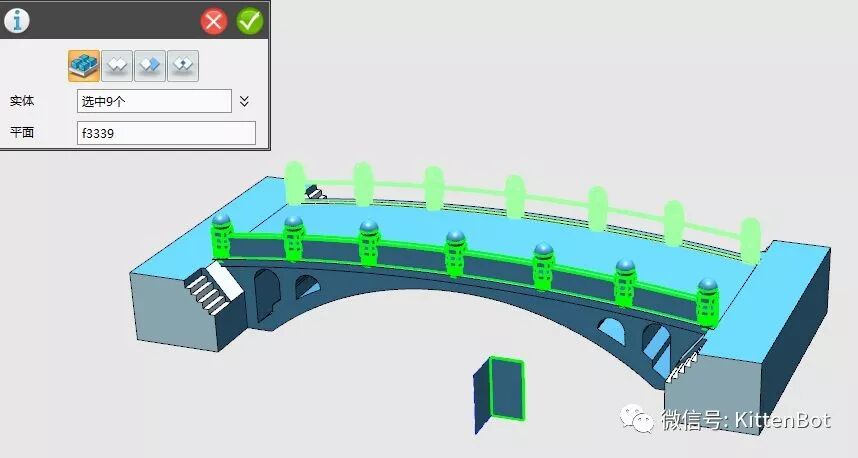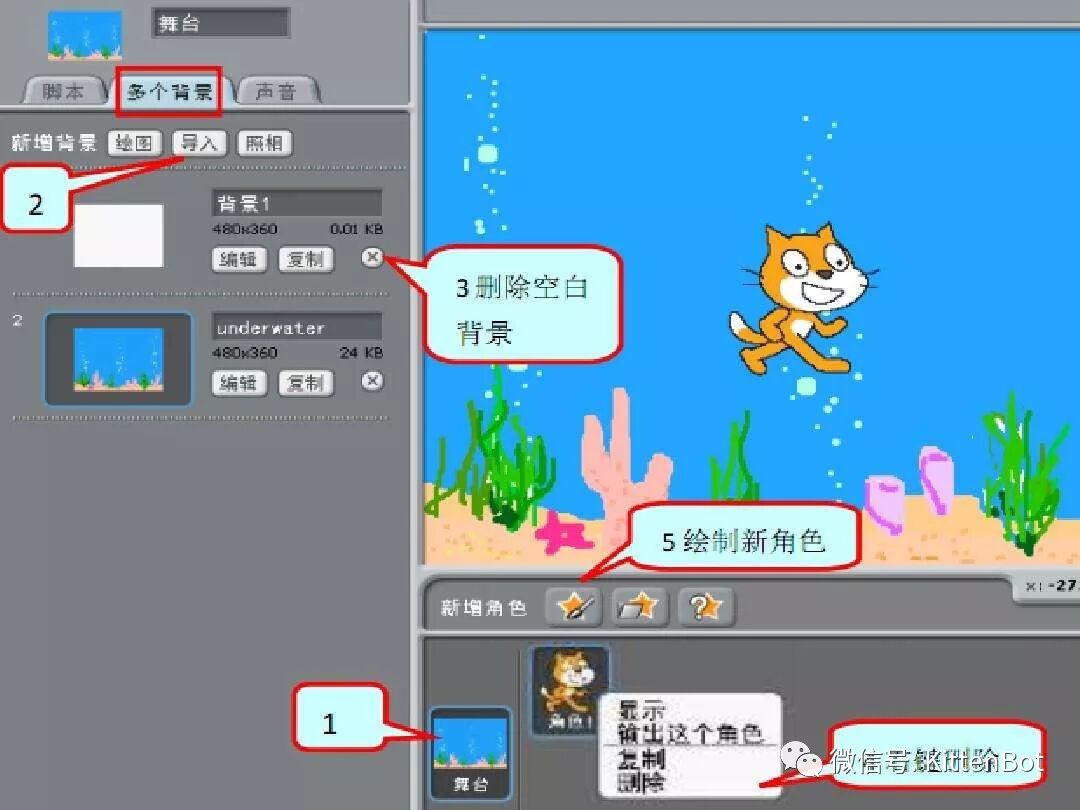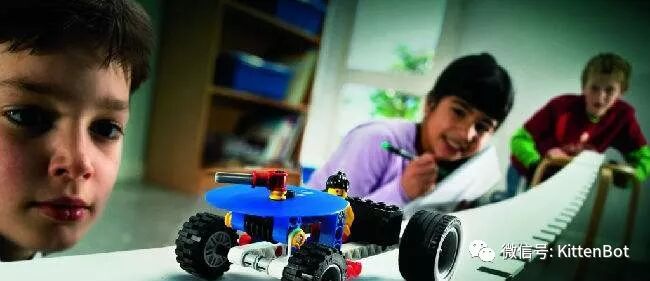This topic is a bit heavy, and I dare to throw out a brick to attract jade. Currently, maker education and programming education are being promoted across the country. I visited some schools and communicated with several teachers. Maker education is generally at a preliminary stage. I had an in-depth discussion with Teacher Chen from a primary school. The school has no shortage of equipment; there are at least a few high-end 3D printers, which are very expensive but not easy to use, often getting clogged and requiring repairs, so they are used infrequently. In information classes, the teacher has a significant leading role. Teacher Chen has self-studied online and directly teaches elementary students 3D modeling using the software 3Done. Teacher Chen has developed a solid teaching method, modeling common items from daily life, such as vases, cups, and home decor, which makes students feel more connected and interested. Teacher Chen is gradually forming her own teaching methodology. I heard that Teacher Chen is currently writing a curriculum to make her school an educational pilot. We will wait for her to have some free time to share with everyone.

In programming courses, Teacher Chen mainly uses the native version 1.4 of Scratch software to teach some simple programming controls. Teacher Chen mentioned that the pace of development in the real world is rapid, and she is struggling to keep up. She learns about new software from various groups where other teachers mention them, and then she researches and studies them on her own. She has also tried incorporating Arduino hardware with a Lego-like module from a domestic manufacturer. However, since Teacher Chen usually teaches large classes, she found that using these building block modules was not very effective. It is unrealistic for each student to have their own set; sharing one set often requires preparation and organization, and with classes running back-to-back, it becomes overwhelming. Therefore, Arduino hardware has not been significantly involved in large class teaching.

My suggestions for how primary and secondary schools can utilize Micro:bit for programming education are:
Start from the current situation and gradually improve.
In our discussions about Micro:bit, the teachers involved generally have a higher level of acceptance. However, many primary and secondary school teachers are still in a state of “inactivity,” and there is a process for accepting new things. It is inappropriate to adopt a ready-made approach directly.
First, observe the current state of maker education in your school and try to start with low-cost options. Once the acceptance level is sufficient, gradually increase the intensity. Ultimately, everything is for the education of the children. Other software and hardware are just supporting tools for students’ learning.
If you are interested in starting programming education with Micro:bit, it is advisable not to purchase the Micro:bit hardware right away, as the programming website for Micro:bit has a built-in simulator. You can use the simulator directly in class, which is low-cost and ensures authentic programming experience. While integrating Micro:bit programming, we can introduce programming concepts and logic. Always remember that our goal is to cultivate programming thinking, not just to learn about Micro:bit or Arduino-like devices.
Once the virtual simulator has been used sufficiently, you can gradually introduce hardware. It is not recommended to roll out everything at once due to high costs and the difficulty of classroom management. At this point, proper storage management for each Micro:bit is essential. Divide students into small groups to gradually experience the hardware, allowing them to download their previous virtual examples onto real hardware, so they can truly feel that their programs are not just living in virtual memory but can be seen and touched. This way, we can slowly transition from pure software to hardware.
Additionally, select some outstanding students to form interest groups for DIY projects during extracurricular activities, gradually creating a maker education atmosphere. During exhibitions, these students can act as guides, introducing their projects to other visiting students, thereby fostering a maker education environment throughout the school.
In summary, I believe there are three main steps to integrating Micro:bit into primary and secondary school programming education:
1. Start with the virtual simulator of Micro:bit to save effort and resources, without limitations; 2. After a certain level of understanding, introduce a small batch of real Micro:bit hardware for group teaching; 3. Select outstanding students to form interest groups for project creation, using their works to promote the school’s maker education atmosphere.

These are some of my thoughts. If there are any inaccuracies, I welcome corrections from all teachers. I hope to spark discussion with this post, as discussions in our groups tend to focus more on technical exchanges, while how to implement these ideas is less frequently discussed. I hope to provide reference opinions and specific operational methods for future teachers. I hope to gather teachers’ thoughts to contribute to programming education in Chinese primary and secondary schools. Although Xiaomiao Technology is a commercial company, we always strive to provide better software and more cost-effective hardware for teachers. We will continue to work hard and hope for your support!

Welcome to the user named #广东sunkf# whose comment was recommended as a quality comment. Feel free to screenshot and request a coupon from the official KittenBot Taobao store. The deadline is the end of the month.
#Today’s Topic# How can primary and secondary schools utilize Micro:bit for programming education?
I encourage all teachers to interact below by clicking “Write a comment” and engage with the cat. One of the exquisite comments will be selected to receive a 5 yuan store coupon, applicable for purchases over 10 yuan. Come and join the interaction!

Note: The KittenBot subscription account is operated by Shenzhen Xiaomiao Technology Co., Ltd. Welcome to subscribe.
All content in this public account is original. Reposting with the original link is welcome, and media inquiries should contact the operator for authorization. Unauthorized plagiarism, modification, or reproduction will not be tolerated, and legal action may be taken!